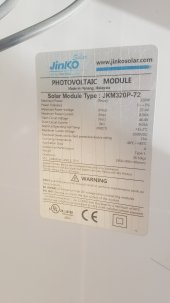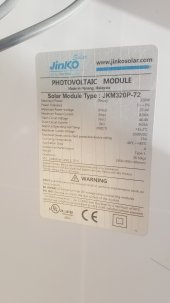hi everyone
i have recently purchased and bartered two tesla modules and 10 370 watt 48 v panels and am going crazy trying to figure out where to go from here.
i have been lurking and reading , trying to take in as much as i can but am having difficult time sizing and what products would be best to buy.
i am also trying to get it up and running as fast as possible and dont have a ton of $$ to trow at it but i do have some.
can anyone please help with pointers..advice etc thanks all
i have recently purchased and bartered two tesla modules and 10 370 watt 48 v panels and am going crazy trying to figure out where to go from here.
i have been lurking and reading , trying to take in as much as i can but am having difficult time sizing and what products would be best to buy.
i am also trying to get it up and running as fast as possible and dont have a ton of $$ to trow at it but i do have some.
can anyone please help with pointers..advice etc thanks all





